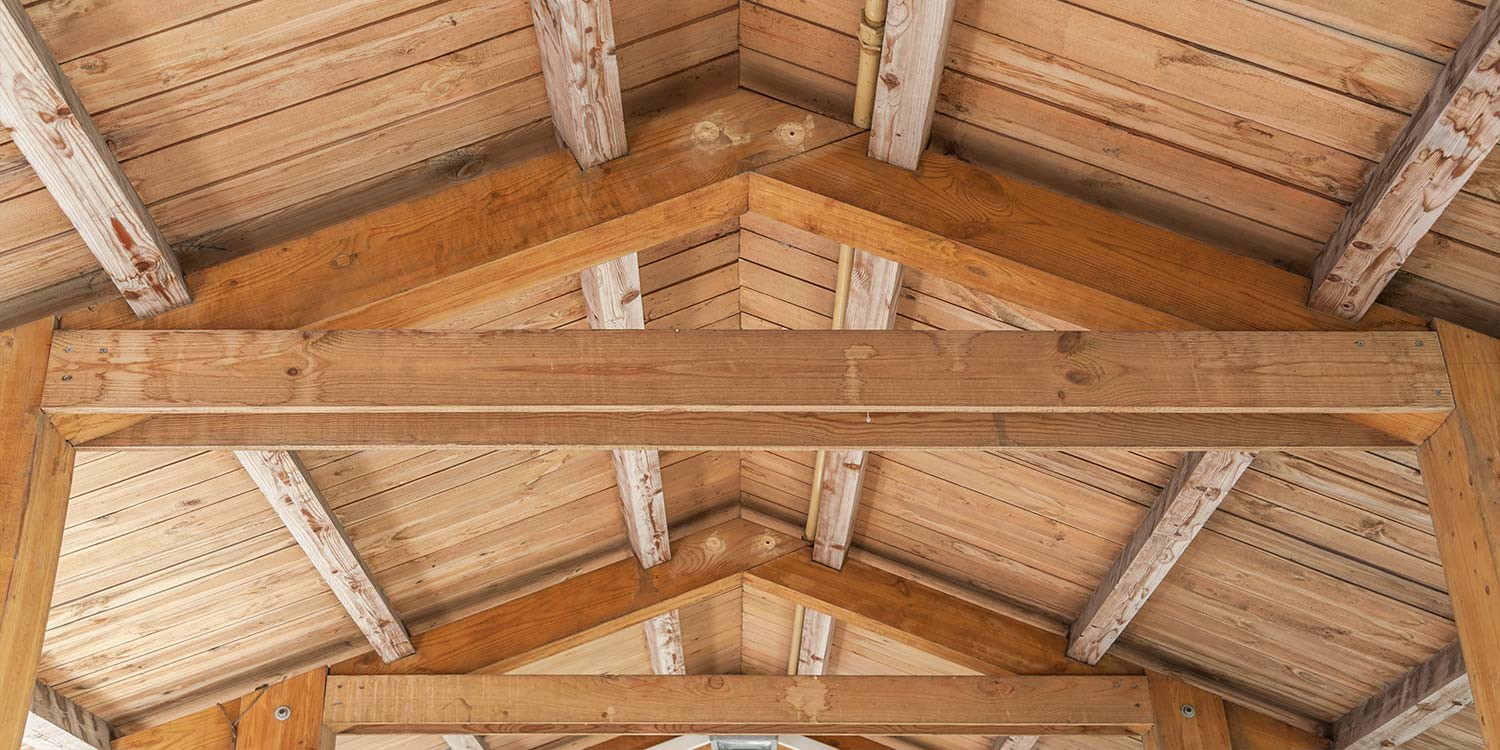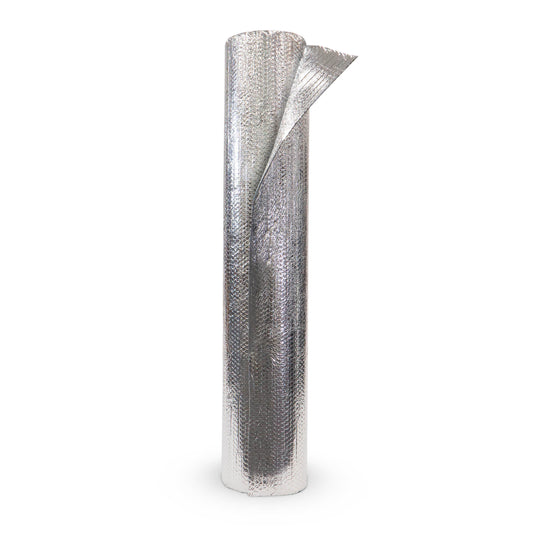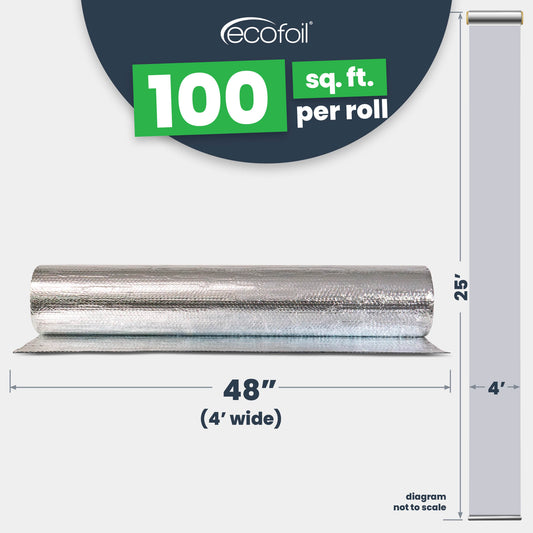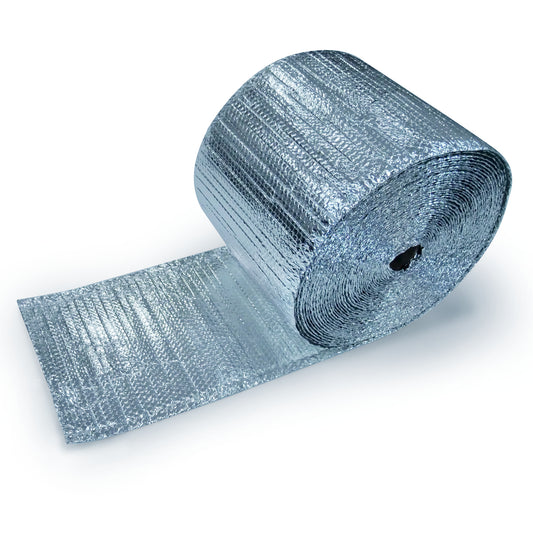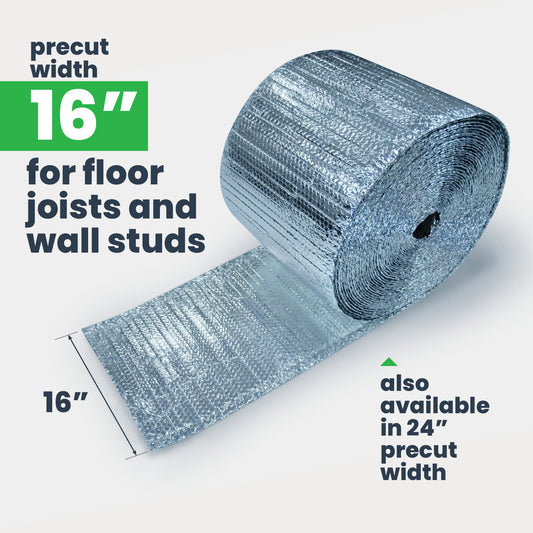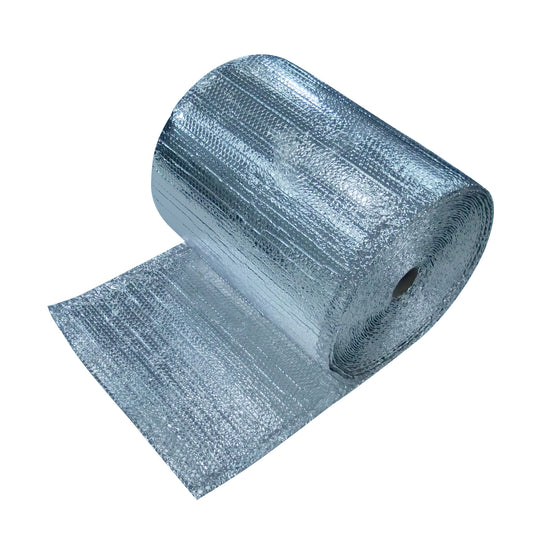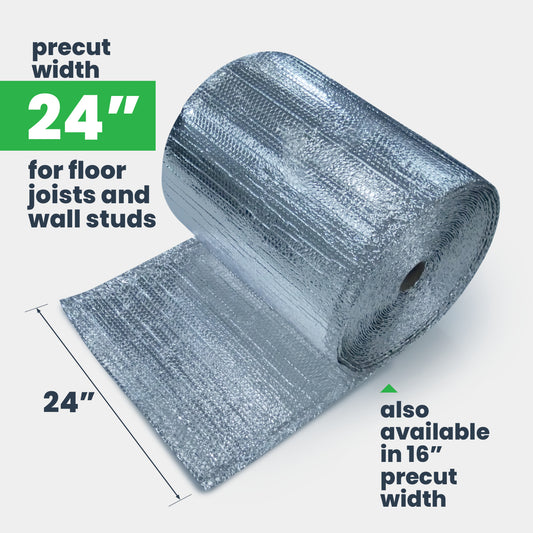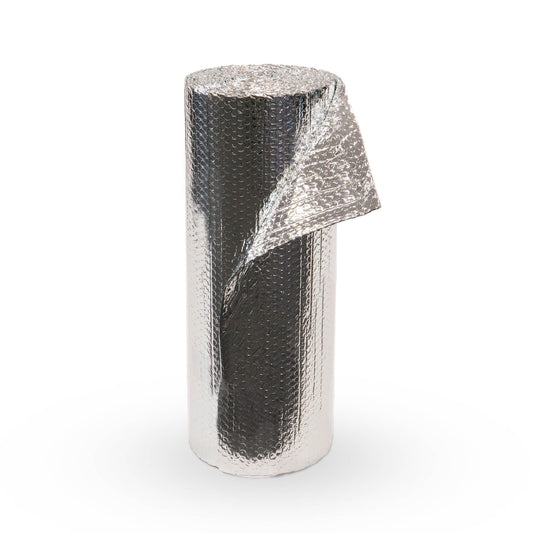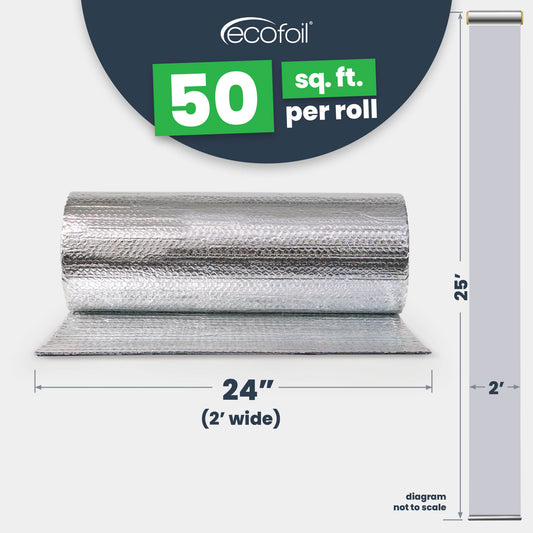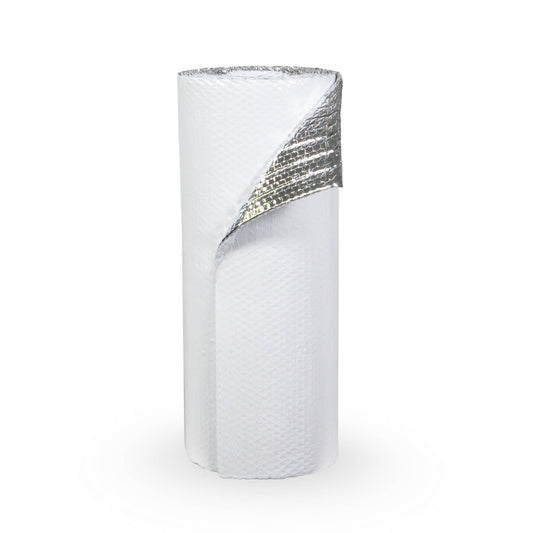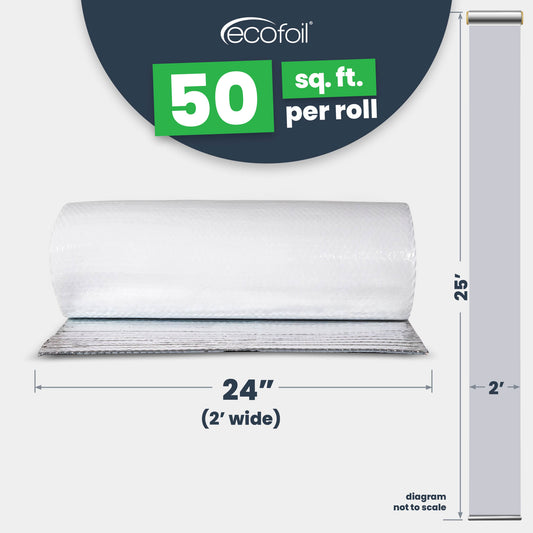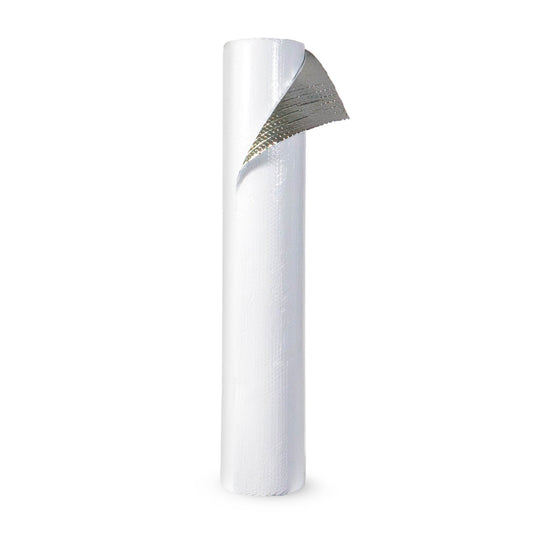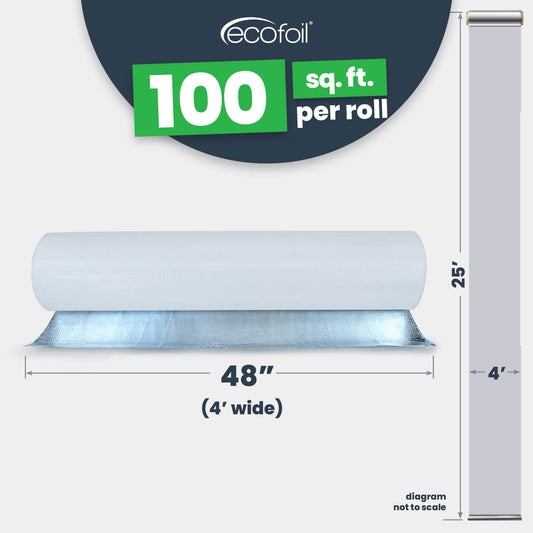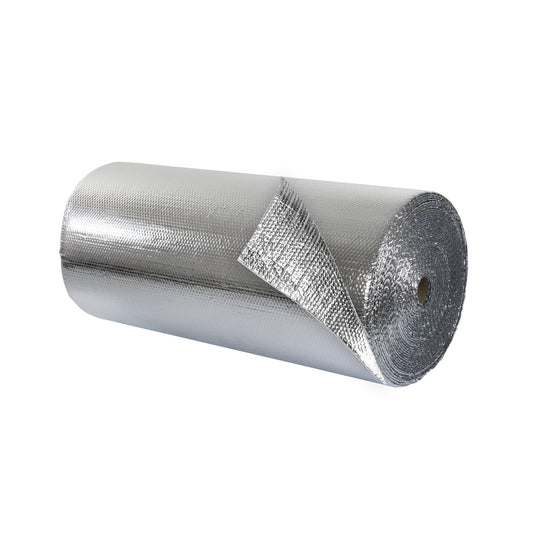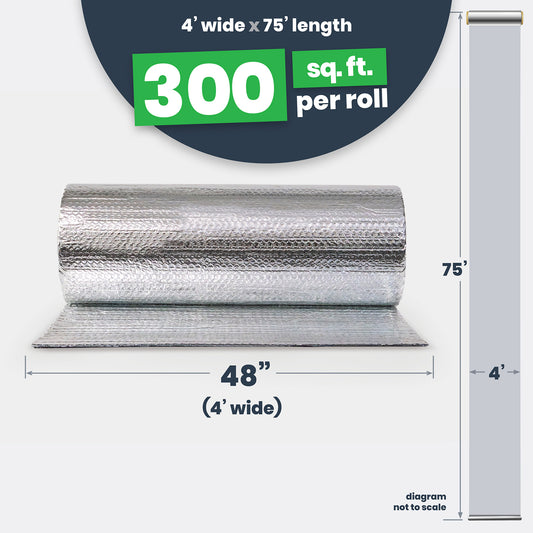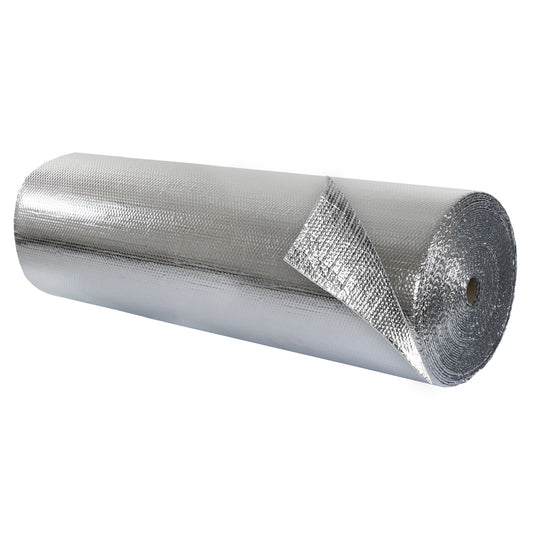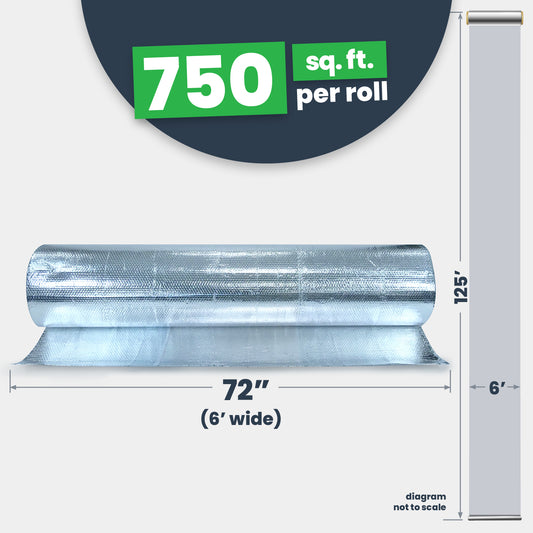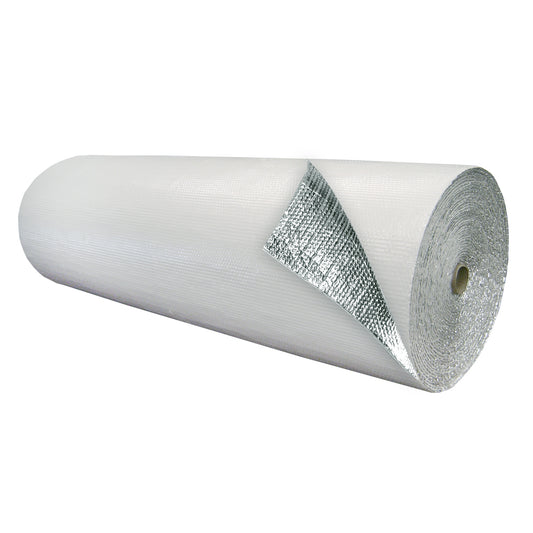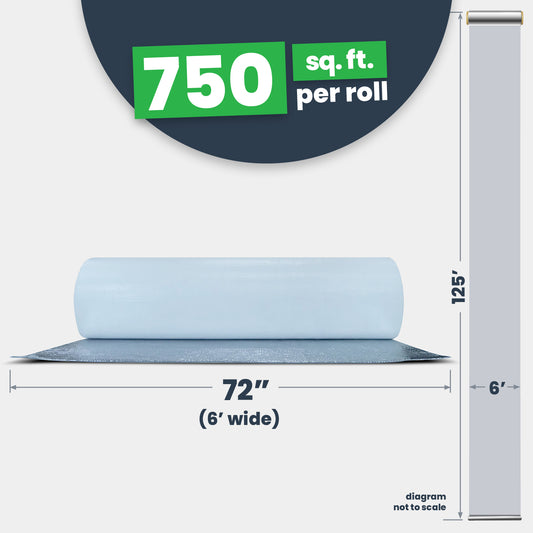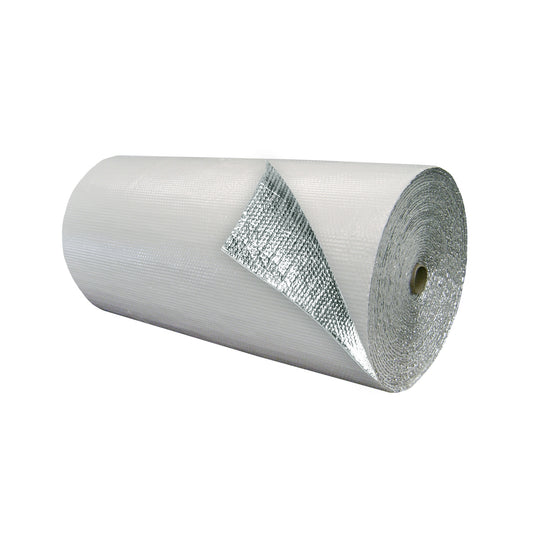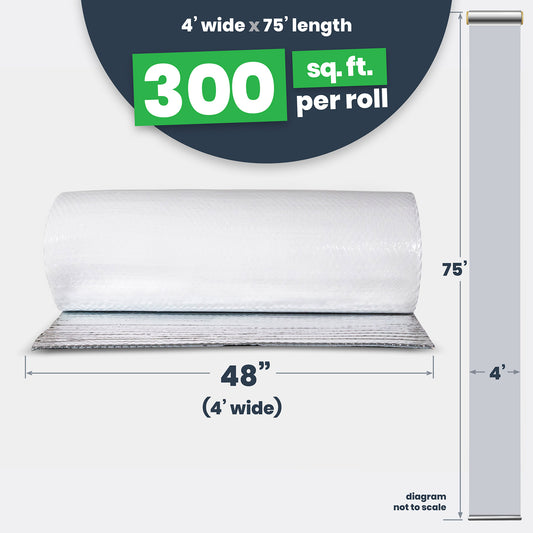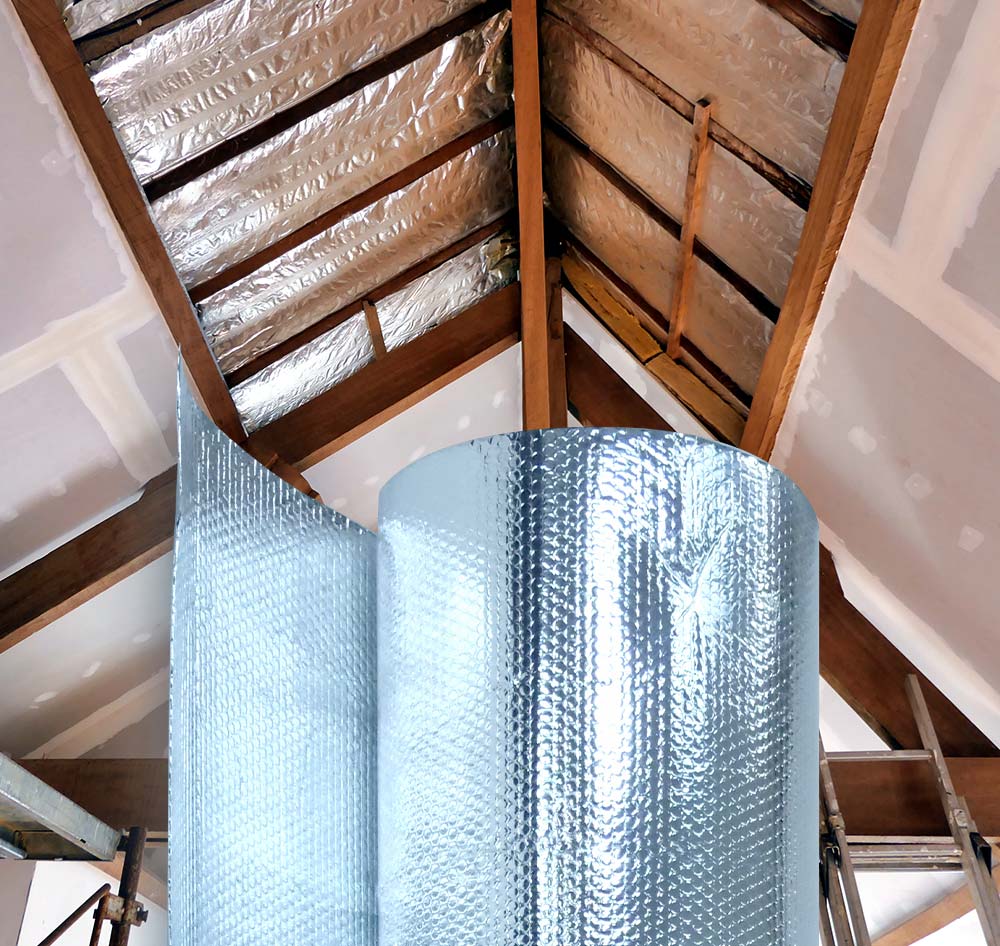
Reduce heat loss in your vaulted ceiling
Vaulted ceilings, also known as cathedral ceilings, are a popular choice with homeowners for good reason—they're aesthetically beautiful and create an open, inviting look to your living space. But when they're not insulated properly, radiant heat can easily escape upwards, causing your heating and cooling systems to work harder to maintain comfortable temperatures. Save money on energy bills year-round by installing Double Bubble Reflective Insulation in your vaulted ceiling.
Reflect radiant heat away from your vaulted ceiling
In summer months, radiant heat enters your home through your roof. This causes your air conditioning to work harder, which drastically adds to heating and cooling costs. Reflective Insulation will prevent this by reflecting up to 96% of the radiant heat away from your living space.
recommended product:
Double Bubble Reflective Insulation (Foil/Foil) 4'x75' - 300 sq ft
Reflects heat and prevents condensation
Share
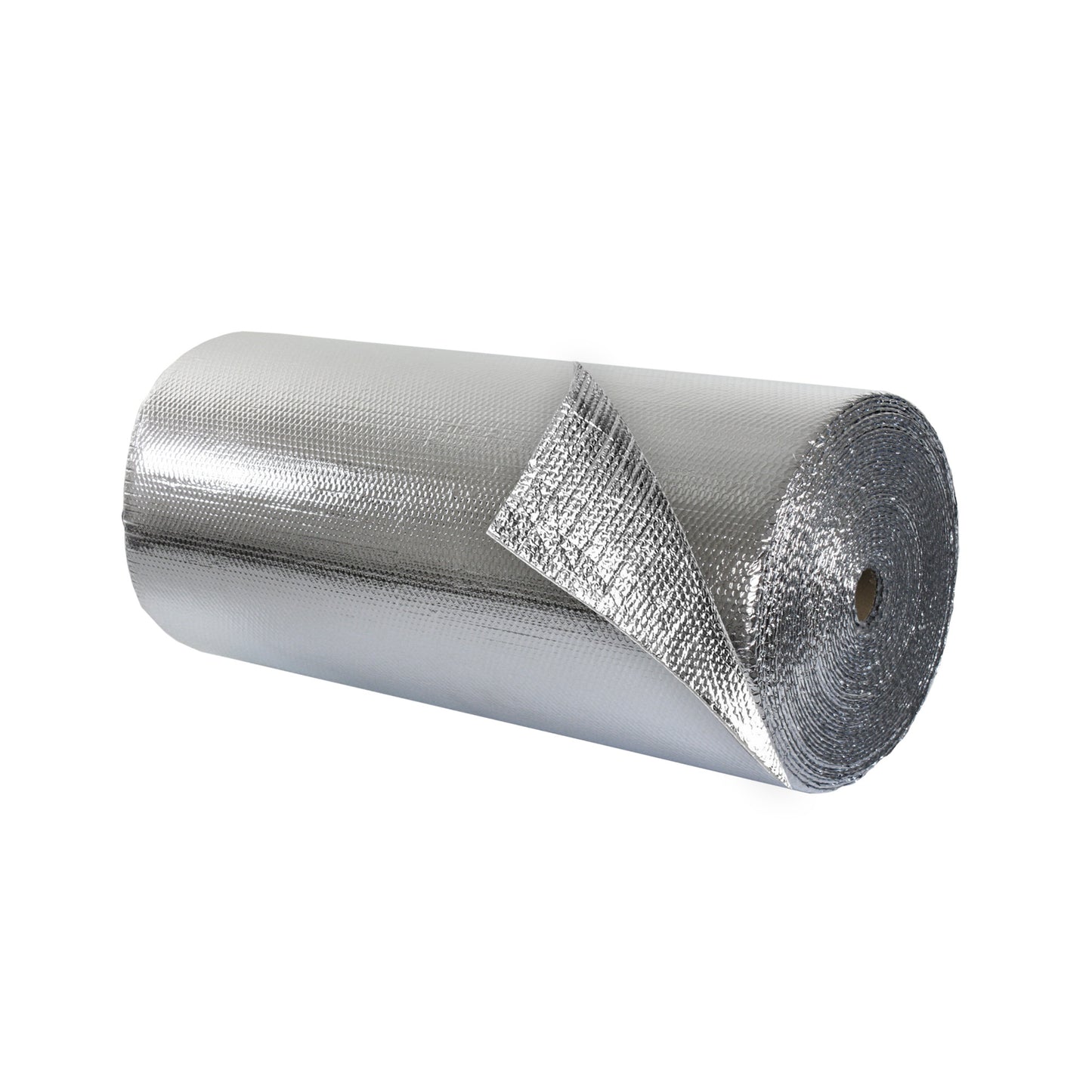
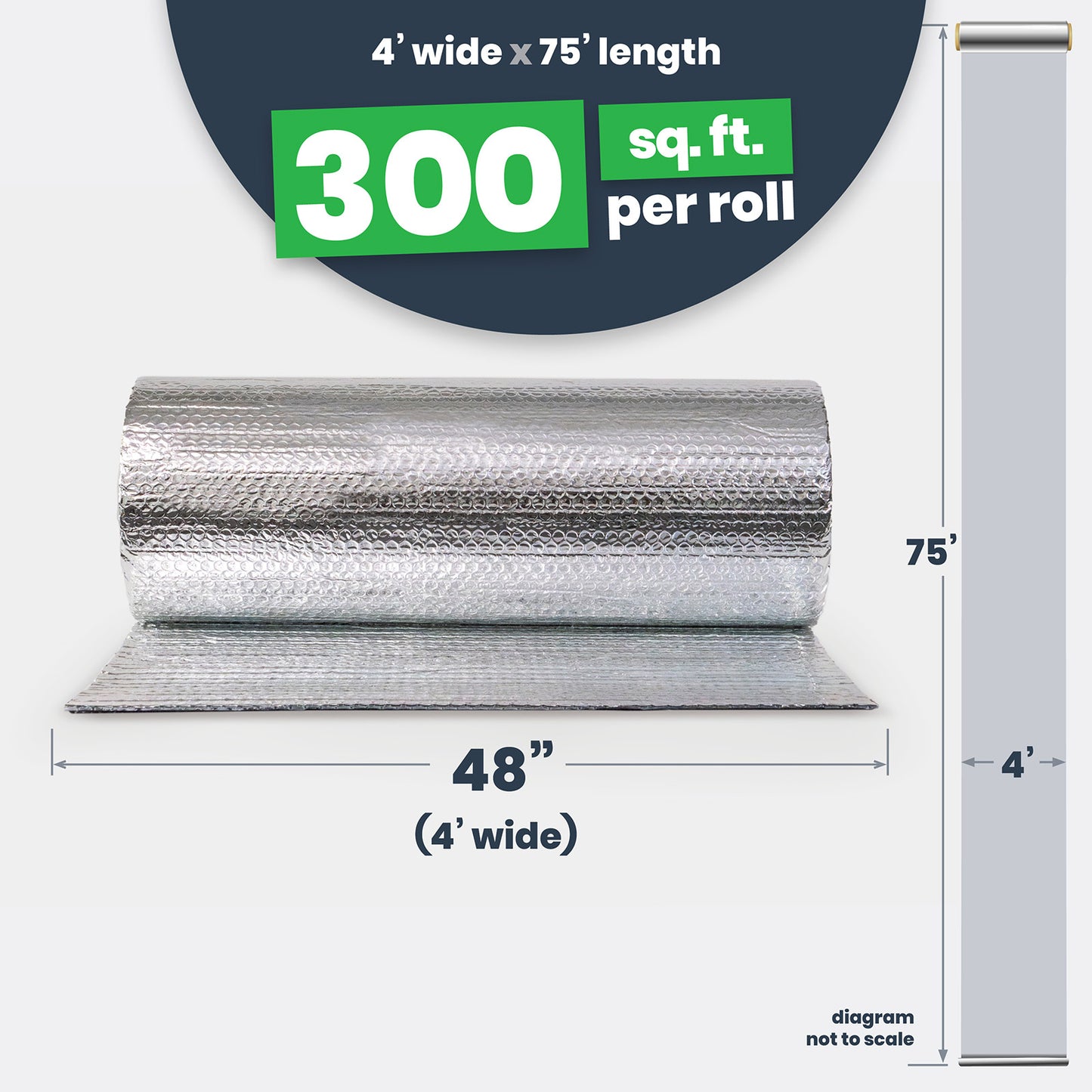
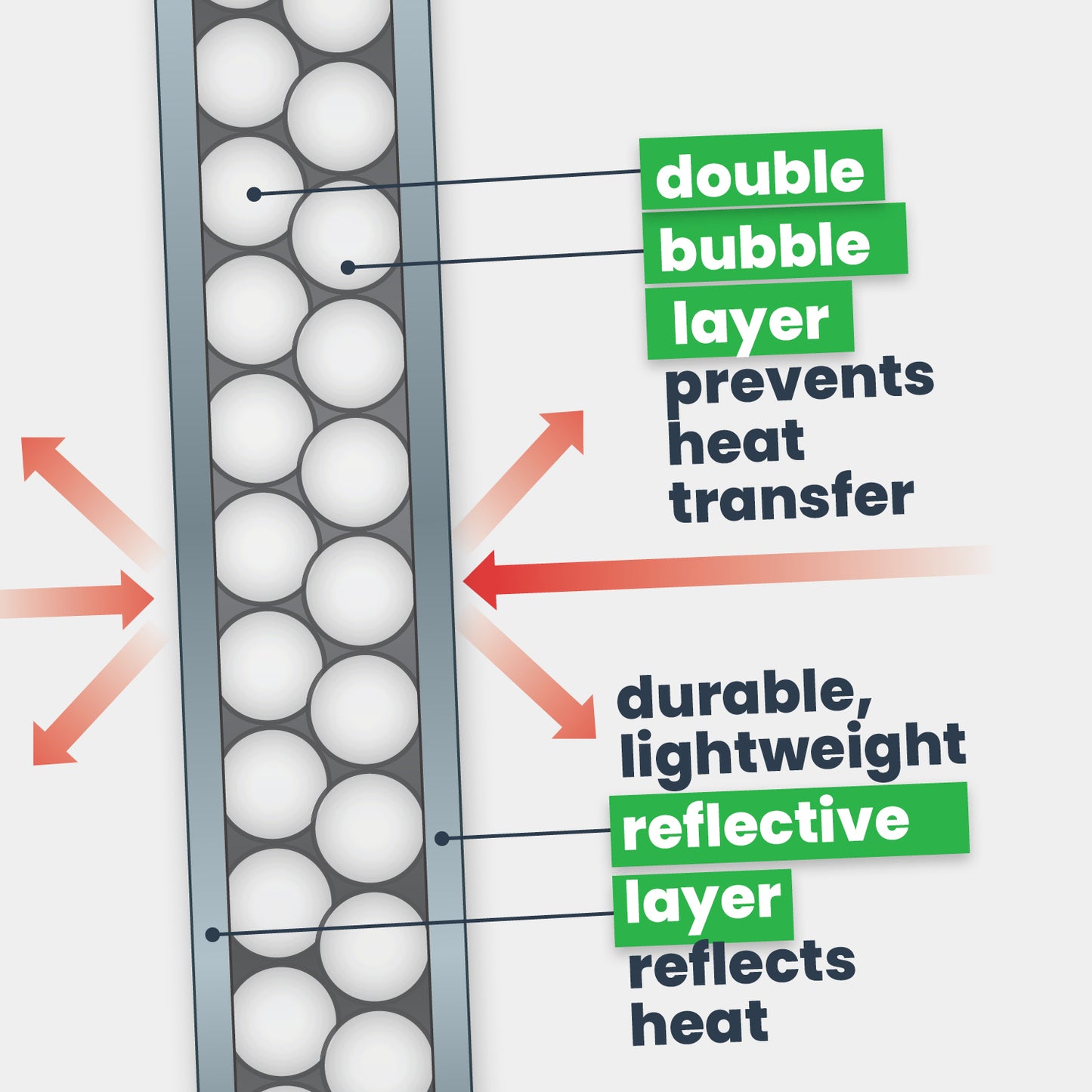
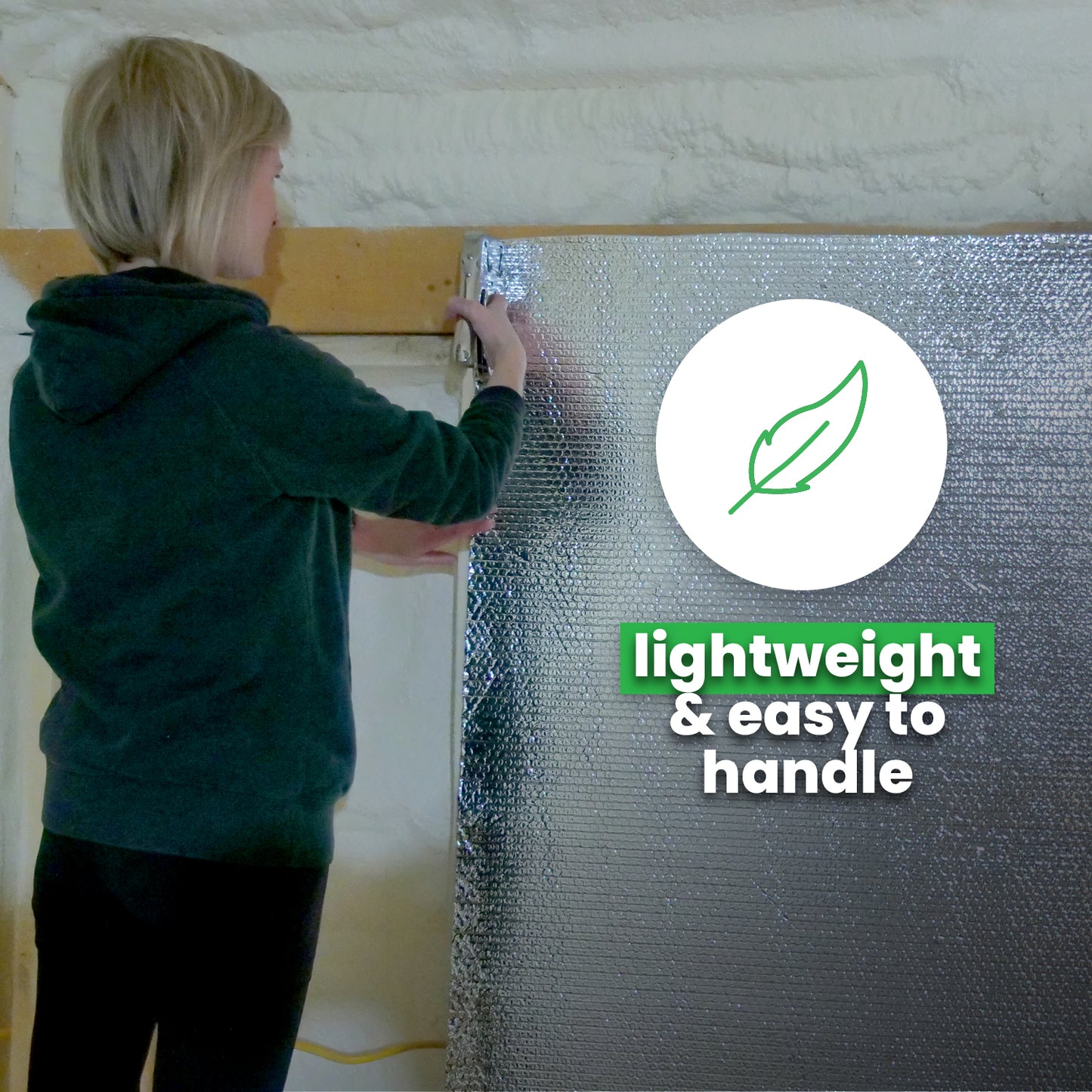
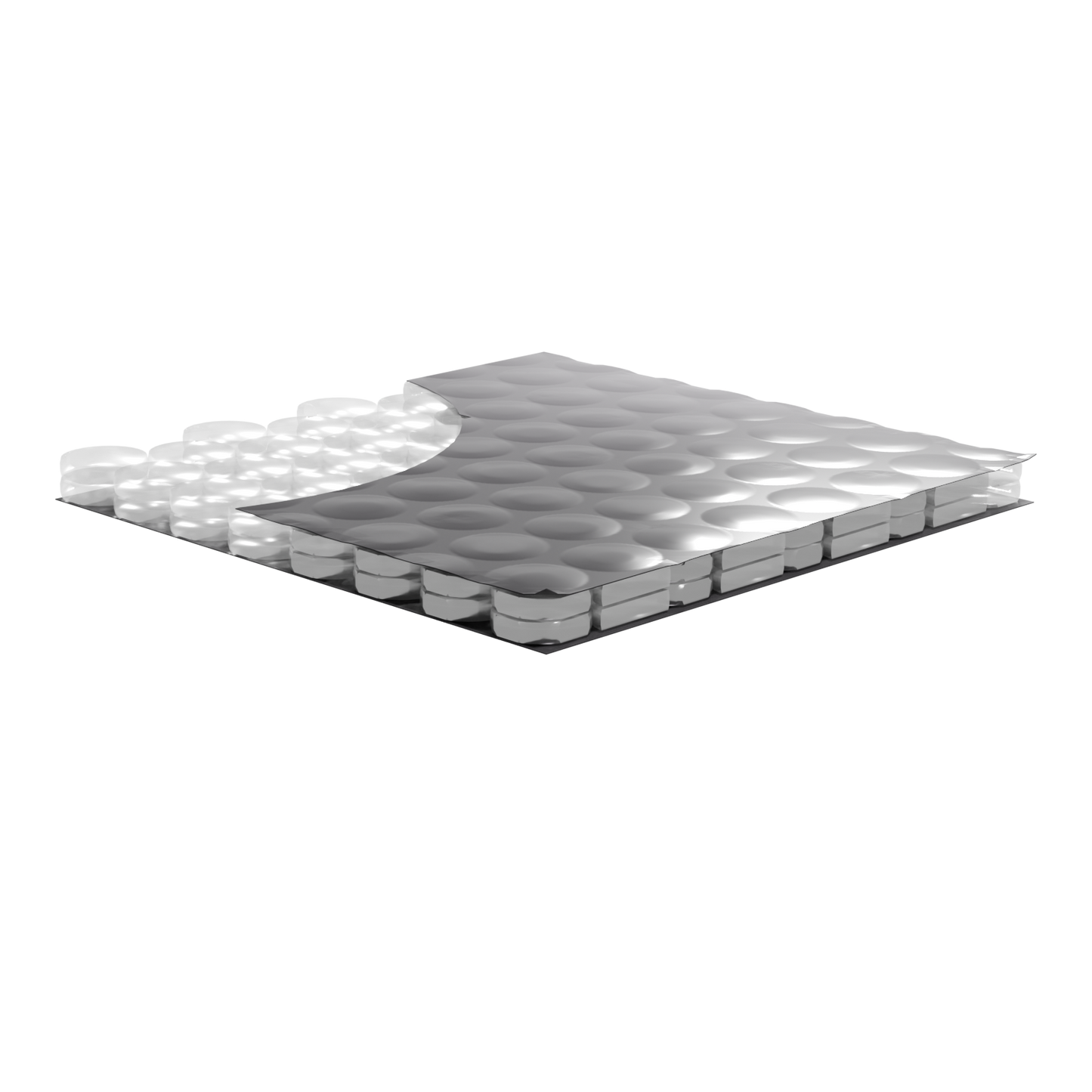
Recommended products: Double Bubble Insulation
-
Double Bubble Insulation - Foil/Foil - 4' x 25' (100 sq ft)
Free Shipping!Regular price $69.00Regular priceUnit price per
-
16" x 125' Between Joist Insulation w/ Staple Tabs Foil/Double Bubble/Foil (166.63 sq. ft.)
Free Shipping!Regular price $89.00Regular priceUnit price per
-
24" x 125' Between Joist Insulation w/ Staple Tabs Foil/Double Bubble/Foil (250 sq. ft.)
Free Shipping!Regular price $129.00Regular priceUnit price per
-
Double Bubble Insulation - Foil/Foil - 2' x 25' (50 sq ft)
Free Shipping!Regular price $39.00Regular priceUnit price per
-
Double Bubble Insulation - White/Foil - 2' x 25' (50 sq ft)
Free Shipping!Regular price $39.00Regular priceUnit price per
-
Double Bubble Insulation - White/Foil - 4' x 25' (100 sq ft)
Free Shipping!Regular price $69.00Regular priceUnit price per
-
Double Bubble Reflective Insulation (Foil/Foil) 4'x75' - 300 sq ft
Free Shipping!Regular price $149.00Regular priceUnit price per
-
Double Bubble Reflective Insulation (Foil/Foil) 6'x125' - 750 sq ft
Free Shipping!Regular price $399.00Regular priceUnit price per
-
Double Bubble Reflective Insulation (White/Foil) 6'x125' - 750 sq ft
Free Shipping!Regular price $399.00Regular priceUnit price per
-
Double Bubble Reflective Insulation (White/Foil) 4'x75' - 300 sq ft
Free Shipping!Regular price $149.00Regular priceUnit price per
-
Double Bubble Insulation - White/Foil - 4' x 75' (300 sq ft)
Free Shipping!Regular price $120.00Regular priceUnit price per
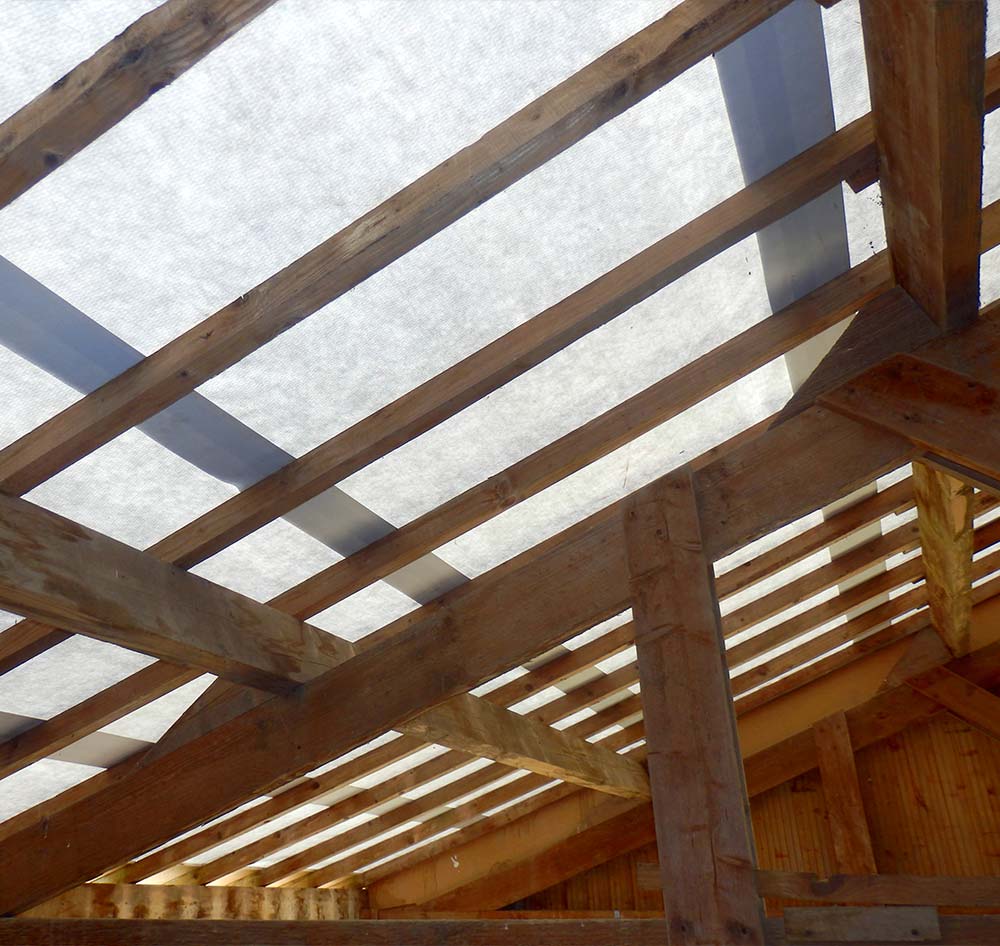
Prevent condensation in your vaulted ceiling with cathedral ceiling insulation
As with any residential roof structure, there must be adequate ventilation provided from the eave of the building to the peak of the roof. This is important for proper natural airflow in order to eliminate the opportunity for condensation to form between the roofing materials. The easiest way to ensure a ventilation gap in a cathedral ceiling is to install insulation baffles between each ceiling joist. These are easily stapled to the roof sheeting and they create an airspace that will run continuously from the eave to the ridge.
What you'll need for installation:
-

Scissors or utility knife
-

Insulation tape
-

Staple gun (~3/4" staples)
-

1–2 people
Cathedral Ceiling Insulation Installation Instructions:
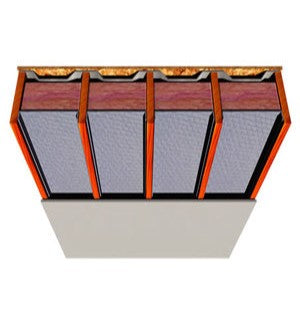
Cathedral Ceiling Insulation (Between Joists)
Instructions for installing reflective insulation in between your vaulted ceiling's joists
Download Instructions (PDF)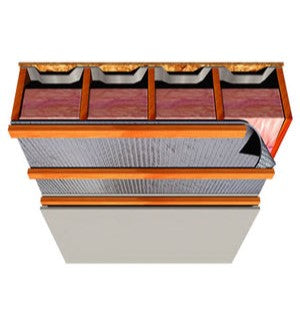
Cathedral Ceiling Insulation (Under Joists)
Instructions for installing reflective insulation under your vaulted ceiling's joists
Download Instructions (PDF)Cathedral Ceiling Insulation
Why use EcoFoil Cathedral Ceiling Insulation?
- Reflects 96% of radiant heat - Find out how a radiant barrier works
- Works in both warm and cold climates
- Easy installation (see below on How to Install Cathedral Ceiling Insulation)
- Versatile enough to fit between joists or attach directly underneath joists
- Very durable and can't be ripped or torn by hand
- Lightweight and easy to handle
- Safe to handle and requires no special clothing or breathing equipment
We're here to help!
Insulating a cathedral ceiling can be somewhat complicated and labor intensive if you are not familiar with the requirements of ventilation and thermal heat transfer. Depending on the construction method and materials used there are multiple options for insulating between the exterior roofing and the interior finish. If at any point you'd like help, give us a call at 888.349.3645 and we'll work with you to identify the right installation method for your specific application.

